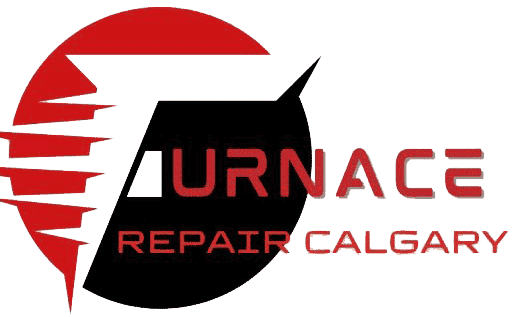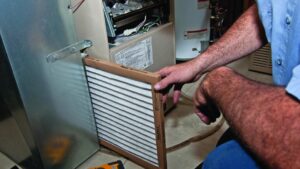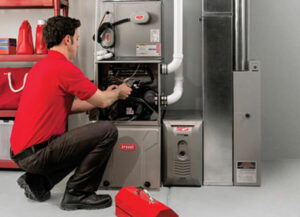Two-Stage Furnace Guide
Before purchasing the right furnace, you can consider many options that can serve you and your family with extra warmth, especially during the winter season. You can view either the single-stage furnace or the two-stage furnace for your home. Most of us tend to wonder what is a two-stage furnace and some of the benefits it brings to our homes. Don’t worry; we’ve got you covered.
What Does the Two-Stage Furnace Mean?
A two-stage furnace means the heating system has two heat levels: high for cold winter days and low for milder days. Since the low setting is adequate to meet household heating demands most of the time, it runs for extended periods and distributes the heat more evenly.
Advantages and Disadvantages
One advantage of the two-stage furnace is that it enables you to switch between the power modes easily. In contrast, the single-stage furnace only has one power mode.
The low power energy mode reduces temperature fluctuations, avoids uneven heating at your place, and allows you to conserve energy back at home properly. It also lowers your energy bills and improves comfort levels.
The two-stage furnace is costly to purchase as compared to the single-stage furnace. Although the high price tag that accompanies the furnace acts as a long-term heating investment in energy savings, comfort levels and furnace repairs.
Is the Two-Stage Furnace Worth the Money?
Despite higher upfront costs, two-stage furnaces reduce temperature swings in your home. Once a regular furnace gets home to the desired temperature, it will cycle on and off to maintain it. However, a two-stage furnace keeps that temperature through minor, quieter burns, which also conserve energy.
The two-stage furnace is more efficient than the one-stage because it doesn’t release as much fuel into the heat exchanger when the home is only somewhat cold. Suppose it’s 5 to 10 degrees outside. In that case, it will run in the partially open position and only use 70% of the energy it usually would. However, a one-stage furnace can only run in the open position, even when it’s only slightly cold outside.
Furnace Efficiency
The AFUE ratings are the Annualized fuel utilization efficiency rating. It measures the amount of heat produced in your furnace.
Most forced-air furnaces nowadays tend to have an AFUE rating of 80% or 90% and above. Most of the furnaces that use one heat exchanger can clock an AFUE rating of 80%.
Furnaces with an AFUE rating of 80% are less expensive to purchase. They are a suitable and appropriate choice for regions that experience warmer weather. A high-efficiency furnace has an AFUE rating of 90% or higher.
The two-stage furnace has an AFUE rating of about ninety-five to ninety-seven percent. These furnace types are primarily used in regions experiencing cold climates where they work effortlessly, day in day out. These furnace types also are expensive, although the heating costs of using such a furnace are low.
What is a Two-Stage Furnace – Bottom Line
As of now, you are aware of what is a two-stage furnace and how you can get the most out of it, especially during the winter season. The right furnace type for you depends on various factors that include the home’s size, the layout, and how long you expect to live in your home.
You should be in an excellent position to choose the right furnace type that distributes heat evenly throughout your place to keep you and your family safe and comfortable.






